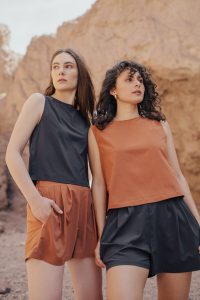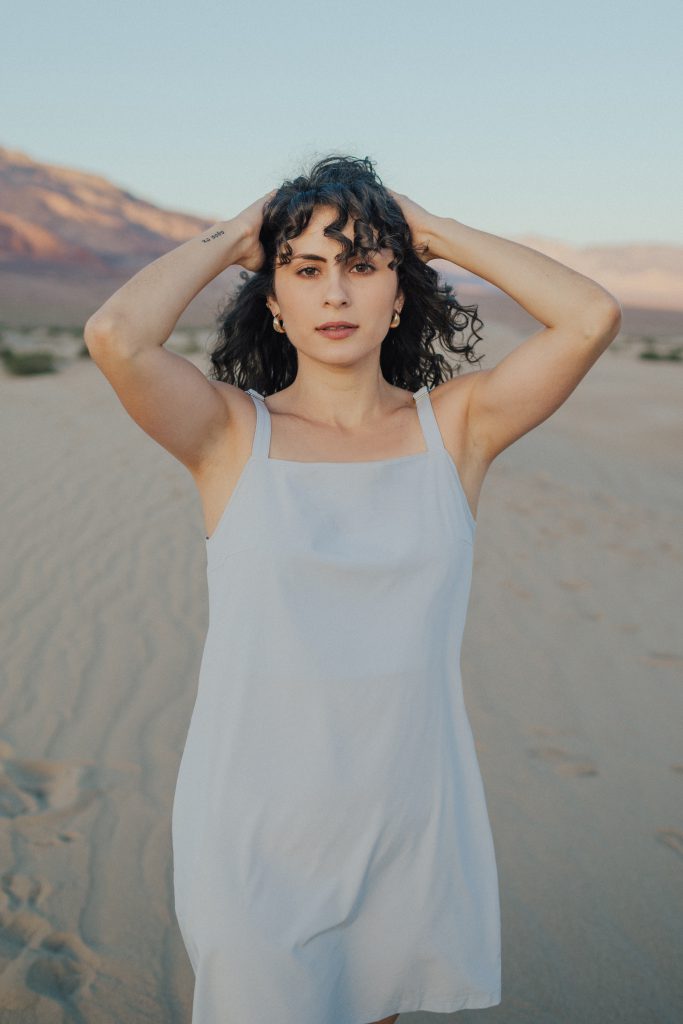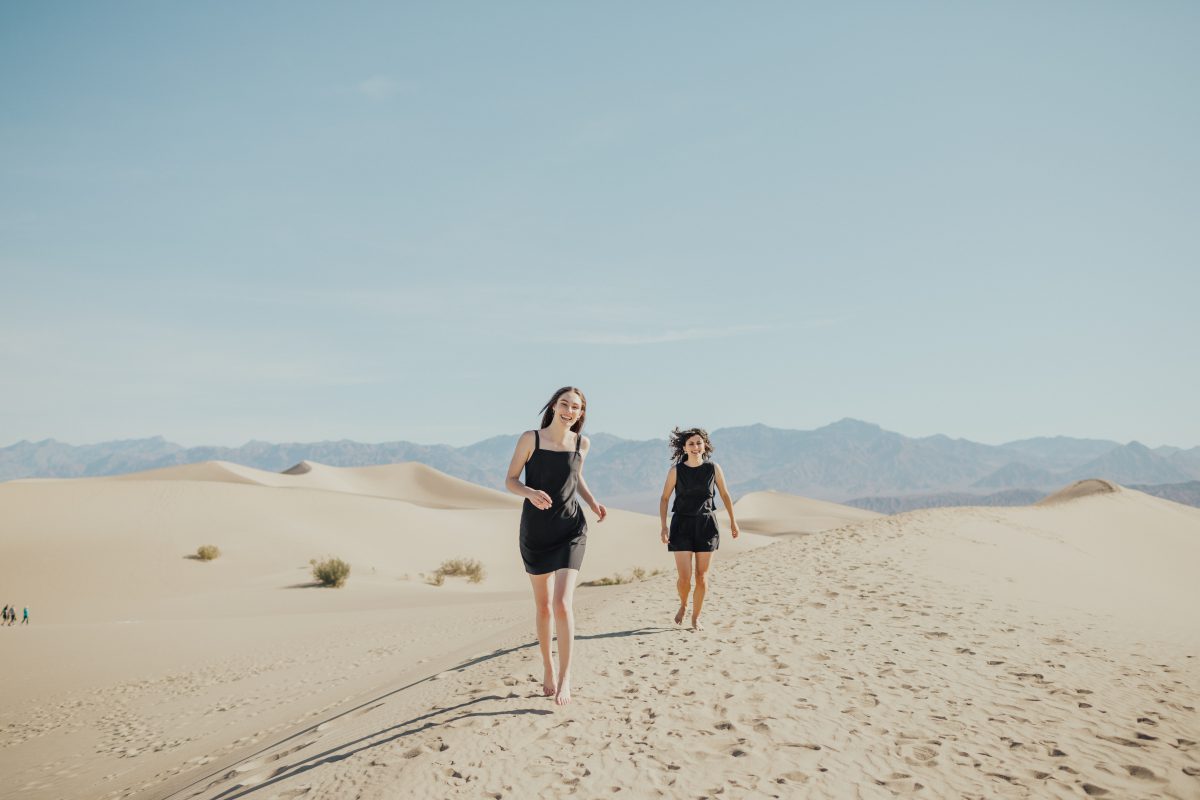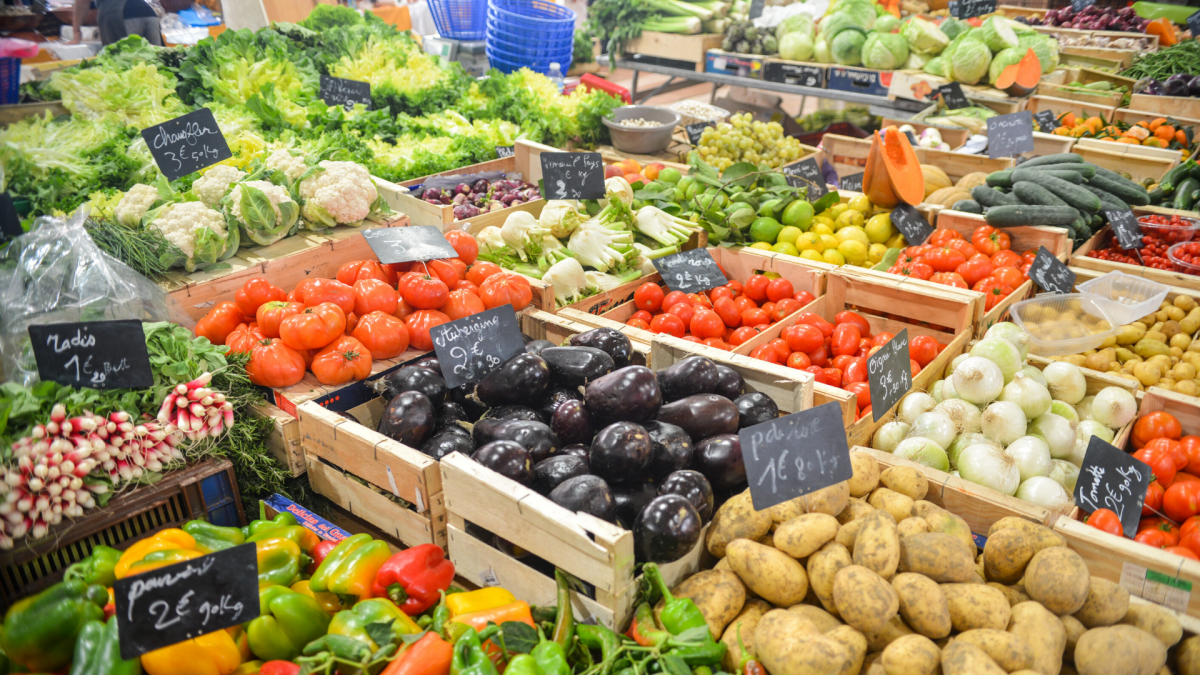By Alexa Smith
 Throughout our Earth Day series, we’ve talked about different ways to be sustainable in all aspects of your life. From recycling to looking for cruelty-free products there are various ways to incorporate a green initiative into your own life. Many people don’t know that the fashion industry is one of the biggest polluters globally which is why it’s so important to find ways to be fashionable and sustainable. An easy way to do that is through Wayre a sustainable fashion brand focused on providing “apparel for the modern traveler”
Throughout our Earth Day series, we’ve talked about different ways to be sustainable in all aspects of your life. From recycling to looking for cruelty-free products there are various ways to incorporate a green initiative into your own life. Many people don’t know that the fashion industry is one of the biggest polluters globally which is why it’s so important to find ways to be fashionable and sustainable. An easy way to do that is through Wayre a sustainable fashion brand focused on providing “apparel for the modern traveler”
I spoke with Wayre co-founder, Rachael Kemp, about Wayre’s mission and her tips for being sustainable in everyday life.
Interview has been edited for length and clarity.
Alexa Smith: “Can you tell me a little bit about the history of Wayre and how y’all got started?”
Rachael Kemp: So the conceptualization for Wayre started about two and a half years ago. I have been an avid traveler my entire life and I traveled a lot throughout college. When I was in college there was a specific trip that I was on, my classic post-grad Euro trip. Every time I went to get dressed I kept returning to this simple pale blue dress. And I wore it everywhere for a month. In the last two days of my trip I was in Sevilla, Spain and left that dress in a hostel. Ever since I left that dress I just kind of mourned, wishing I had it anytime I went to travel again. Packing for a trip had become a hassle because I didn’t really have my go-to pieces. When you travel you always think: “what is the weather going to be like? What am I going to do when I’m there?” Just so many questions that you go through trying to predict what’s going to happen when you travel. You want to look good and feel good at the same time. So that was just a personal kind of spark that started Wayre. Then about two years later the idea actually started coming into development. My co-founder and brother-in-law, Chris, and I launched a Kickstarter campaign back in July of 2019 and were looking to raise $50,000 and we raised about $90,000. That gave us enough money to basically jumpstart wayre. We like to say, “we make apparel for the modern traveler” it’s lightweight and breathable. It’s built to keep up with you. It’s functional, cute, and just solves your packing dilemmas.
 Not only is Wayre focused on creating functional and stylish pieces, they’re also focused on creating a sustainable brand that’s great for fashion and the environment. Kemp touched on these points when discussing the formation of Wayre.
Not only is Wayre focused on creating functional and stylish pieces, they’re also focused on creating a sustainable brand that’s great for fashion and the environment. Kemp touched on these points when discussing the formation of Wayre.
RK: We make everything in a sustainable and ethical factory. Our fabric is all made from post-consumer plastic waste. We have a big sustainability component, it’s a core value of our brand. When we began the brand, I actually had worked in the fashion industry a couple of years prior to launching Wayre and the one thing I told myself was I will never ever work in the fashion industry again without having sustainability as a core value. I just watched the industry from the inside as I was managing production. The textile waste, energy consumption and poor workplace practices are just really inhumane. That was a core value of Wayre from the start.
AS: Could you also touch on Wayre’s labor practices?
RK: When we were sourcing our fabric and sourcing which factories we would work with we didn’t even look at factories that didn’t have ethical and sustainable practices ongoing already. We did a lot of research on the manufacturer we work with now. Another part of our process before we did any sort of development was with them was to visit the factory. We decided we would just fly there ourselves, ask a lot of questions, look behind all the closed doors and talk to the garment workers ourselves about what it is like to work at Everest Textiles – that’s the name of the manufacturer. They’re located in Tainan, Taiwan which is the south side of the island. We got a vibe for their happiness and their well being. I personally came away from that initial factory visit just completely mind blown. This company, Everest Textiles, is on the forefront of sustainability.
Kemp discussed all the different amenities Everest Textiles provides their employees. Not only are the employees paid a living wage but there is free housing available on site, a mandatory nap time at lunch, affordable meals, workouts and gardens for the employees.
RK: We really love our team. The ethical side is a major component because people on our planet should absolutely be first instead of the product. We just love to rave about our manufacturer. We just think they do such a stellar job.
AS: Yeah I love that and I’ve noticed just how transparent y’all are too. Y’all have a whole Instagram highlight about your manufacturer. It’s just awesome to see a brand be so proud of where they’re making their clothes and not try to hide it like other brands might.
RK: Yeah, it’s kind of trendy to become sustainable and ethical. It’s cool but it’s also kind of unfortunate because you do see a lot of greenwashing these days where fast fashion companies or other companies that don’t really have the same actual values and sustainable, ethical practices just kind of greenwash and make it look to the consumer like they’re doing a good job, but nothing’s changed internally. So it’s kind of sad that it’s trendy. I mean it’s also a good thing; it’s a good movement to have but you definitely have to be careful where you consume your products.
AS: Yeah definitely that’s so true. We just wrote an article on greenwashing a few months ago. You’re right it is such a trend now so it’s hard to kind of tell the real from the fake. So, I’m wondering if you have any other ways you like to be sustainable whether that’s in fashion or other areas of your life?
RK: I mean I’m nowhere close to perfect nor does my lifestyle completely focus on sustainability. But I truly try to do my part the very best that I can. The world has made unsustainable options very convenient while sustainable options are very inconvenient. But small things, I’ve invested in a lot of home goods that help keep the plastic waste down in my house. Like, using reusable Ziploc bags and reusable straws and composting. And using a guppy friend bag when I do laundry. We actually just posted on Instagram about washing your Wayre and synthetics in a guppy friend bag but also there are lots of laundry habits you can do to help save energy and the ocean. I just try to consume from brands that have similar values to Wayre and just do my part in my everyday living even if its a little less convenient I think there’s an intentionality there that makes it kind of unique and fun.
AS: I agree. It’s hard to sometimes feel like you’re doing enough when so many bad things are happening with the environment. It’s important like you said to just think of little things you can do.
RK: Yeah we can’t all save the planet every single day by doing mass gestures but we can all do small things. If we can change our small habits and we can do it collectively as an international people then we can make big changes but it requires all the manpower we have to all change our habits. But yes all about the little steps of getting there instead of feeling super guilty when you use a straw once.
AS: Do you have any other sustainable brands whether that be in clothing or anything else that you’ve been loving lately?
RK: Yeah! I love Girlfriend Collective if you’re not familiar with them they’re awesome. They’re a great brand. I love what they’re all about. I also really love Reformation and Patagonia. I think those are probably my favorite right off the top of my head. Another brand called Whimsy and Row I think they’re all based in Los Angeles as well. I’m all about shopping vintage; that’s really helpful. Or do clothing swaps with your friends. Utilizing Poshmark or shopping secondhand is awesome. I think the most sustainable thing you can do for your wardrobe is just to consume less in general. The fashion industry is I think the second or third largest pollutant in the world. And I think the only way we can really minimize waste is if there’s less of a demand. And that means purchasing less. That’s even me coming from a small brand who’s like, “yes please buy my clothes!” If you buy things that you love and you just hold onto those pieces for longer rather than buying something that’s just trendy and you’re gonna wear twice and throw away I mean the better option is to invest. Invest in your wardrobe and find pieces that you really really love that you’re gonna hold on to.
AS: The thing to me that makes Wayre such a great investment they’re so easy to pair with stuff and also the pockets! The pockets on your shorts and the dress they’re just amazing. There are pockets on the side there’s like a secret boob pocket in the dress. Y’all thought of everything.
RK: Honestly, in the design process for myself I was just kind of being selfish and thinking, “If I’m gonna wear these shorts a million times what do I need them to have?” And I personally designed them on a selfish basis. But, yeah I agree just trying to make something that’s functional so that it does last you a really long time is our goal.



